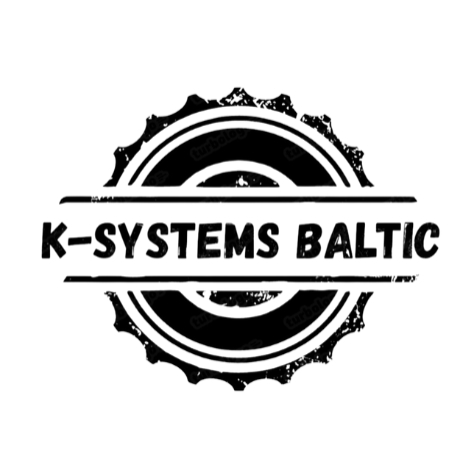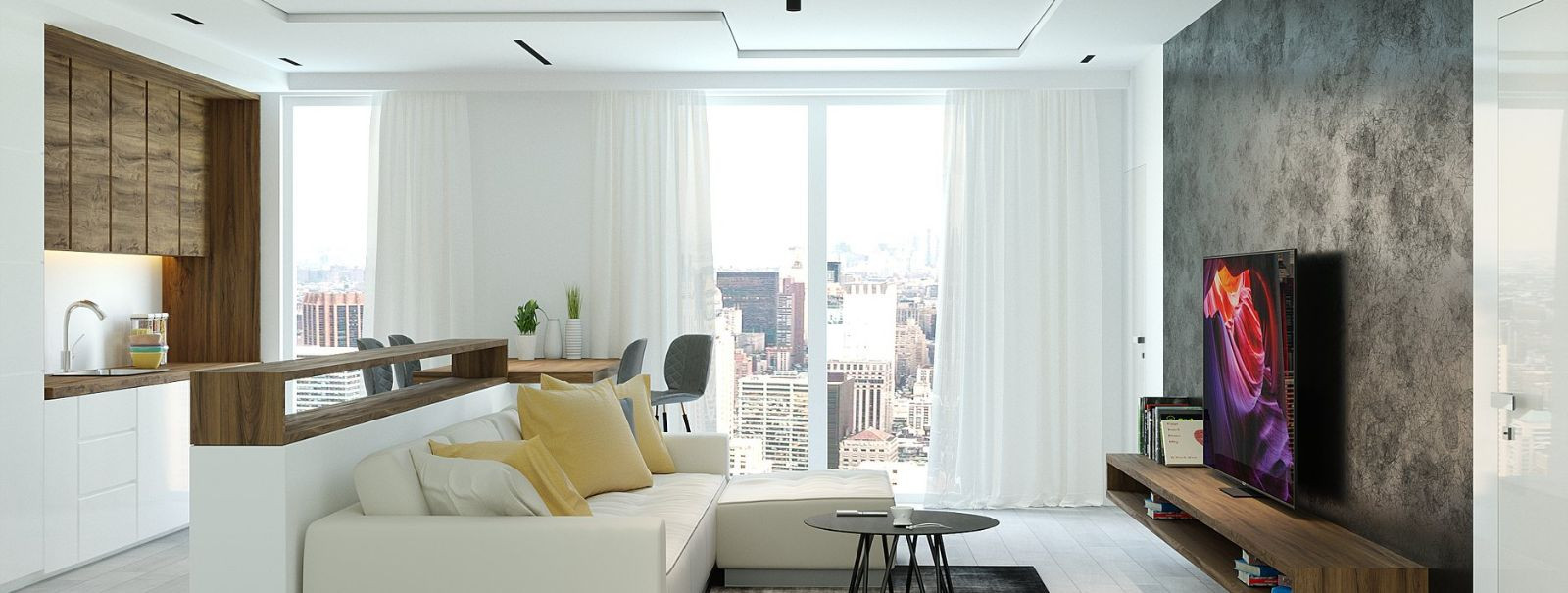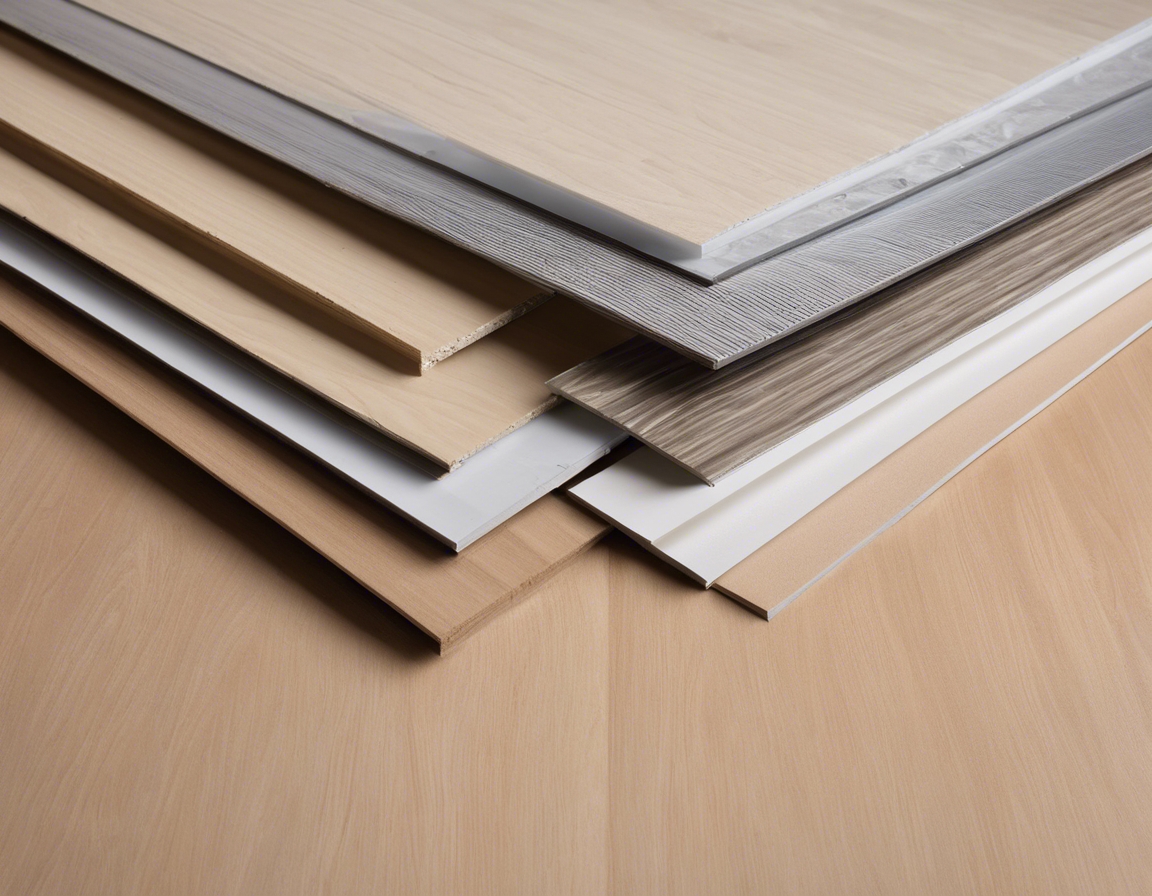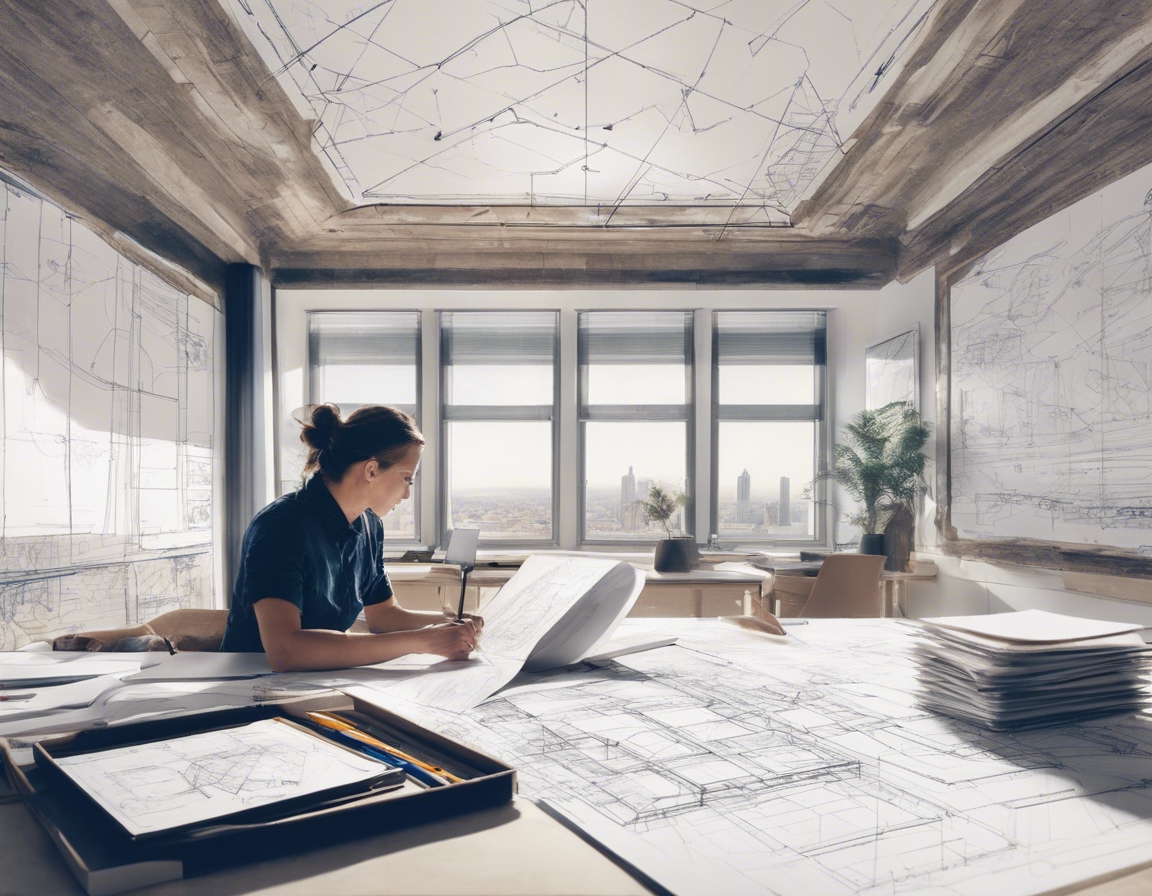5 trends shaping the future of plasterboard ceilings
Plasterboard ceilings, a staple in modern construction, offer a smooth finish, durability, and ease of installation. They have become the go-to choice for architects, interior designers, and homeowners alike. As we look to the future, plasterboard ceilings continue to evolve, incorporating new trends that address the needs and preferences of today's market.
Staying abreast of the latest trends is crucial for professionals in the construction and design industry. It ensures that the solutions provided are not only aesthetically pleasing but also functional, sustainable, and aligned with the latest technological advancements.
1. Eco-Friendly Materials and Sustainability
The push for sustainability in construction materials has led to the innovation of plasterboards made from recycled content. These eco-friendly options reduce waste and support a circular economy, without compromising on quality or performance.
Energy-efficient plasterboard options are being developed to enhance insulation properties, contributing to lower energy costs and a reduced carbon footprint for buildings.
2. Advanced Installation Techniques
Magnetic plasterboard systems are revolutionizing the installation process, allowing for easy reconfiguration of spaces without the need for extensive renovations.
Modular and prefabricated plasterboard elements are gaining popularity for their time-saving benefits and precision in design, catering to the fast-paced nature of modern construction projects.
3. Integrated Technology
Plasterboard ceilings are increasingly being designed to integrate with smart lighting and building automation systems, offering users control over their environment and enhancing the functionality of spaces.
Advancements in plasterboard technology are improving acoustic properties, providing better soundproofing solutions that are particularly beneficial in commercial and residential buildings.
4. Customization and Personalization
Customization trends are leading to the creation of plasterboard ceilings with 3D textures and patterns, allowing for unique and personalized interior designs.
The ability to print designs directly onto plasterboard is opening up new possibilities for artistic expression and branding within interior spaces.
5. Health and Well-being Focus
Manufacturers are developing plasterboard materials that contribute to improved indoor air quality, addressing health and well-being concerns of occupants.
Incorporating biophilic design elements into plasterboard ceilings, such as patterns that mimic nature, can enhance the connection to the natural environment and promote well-being.






Comments (0)